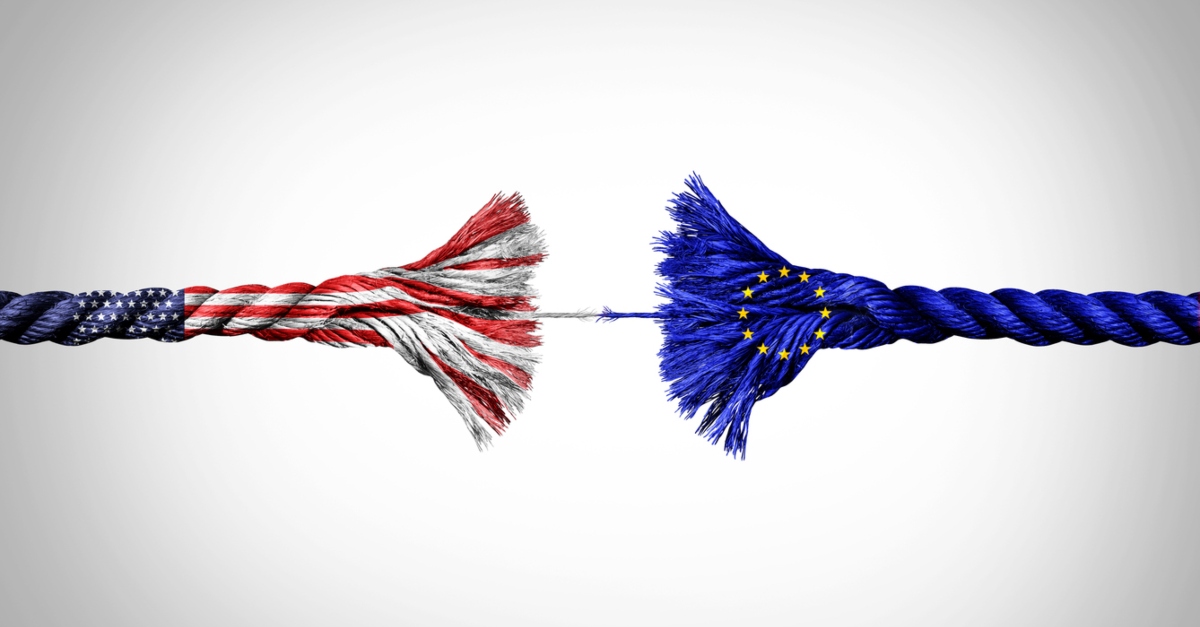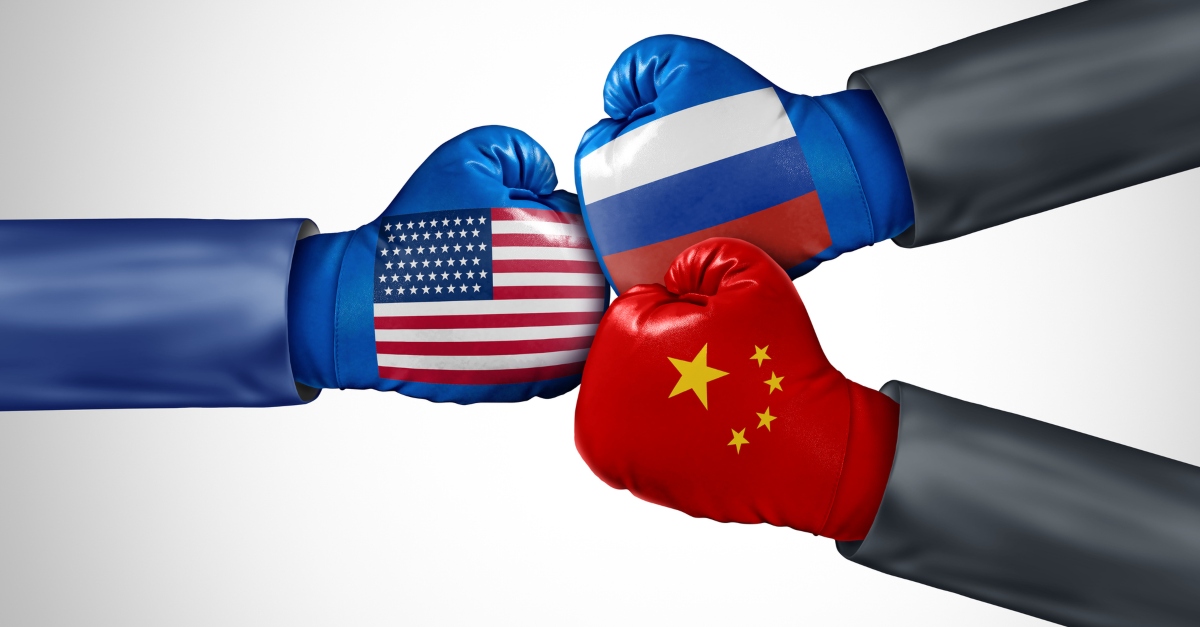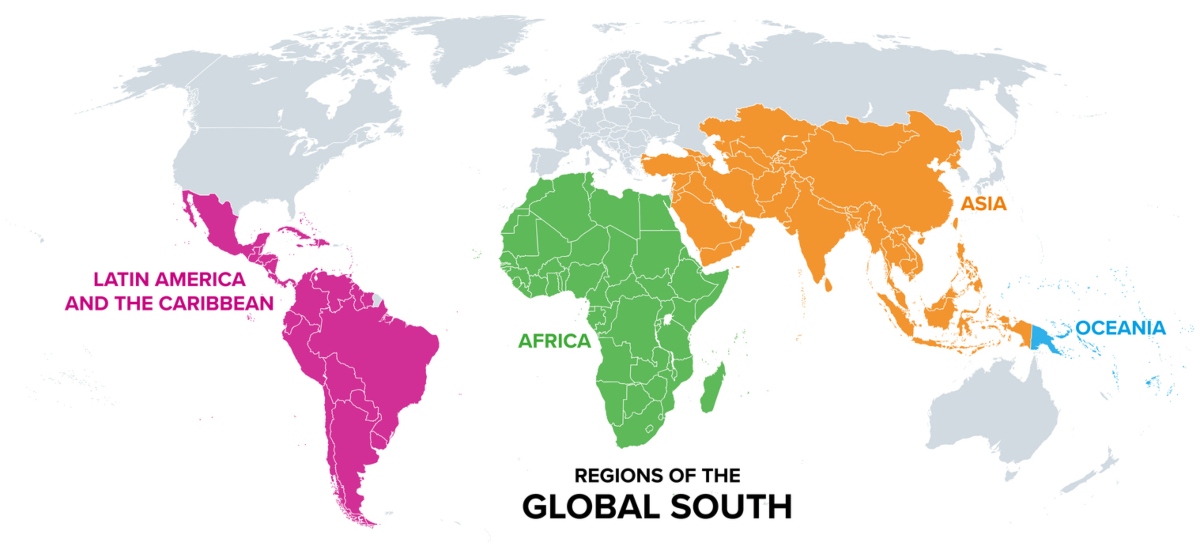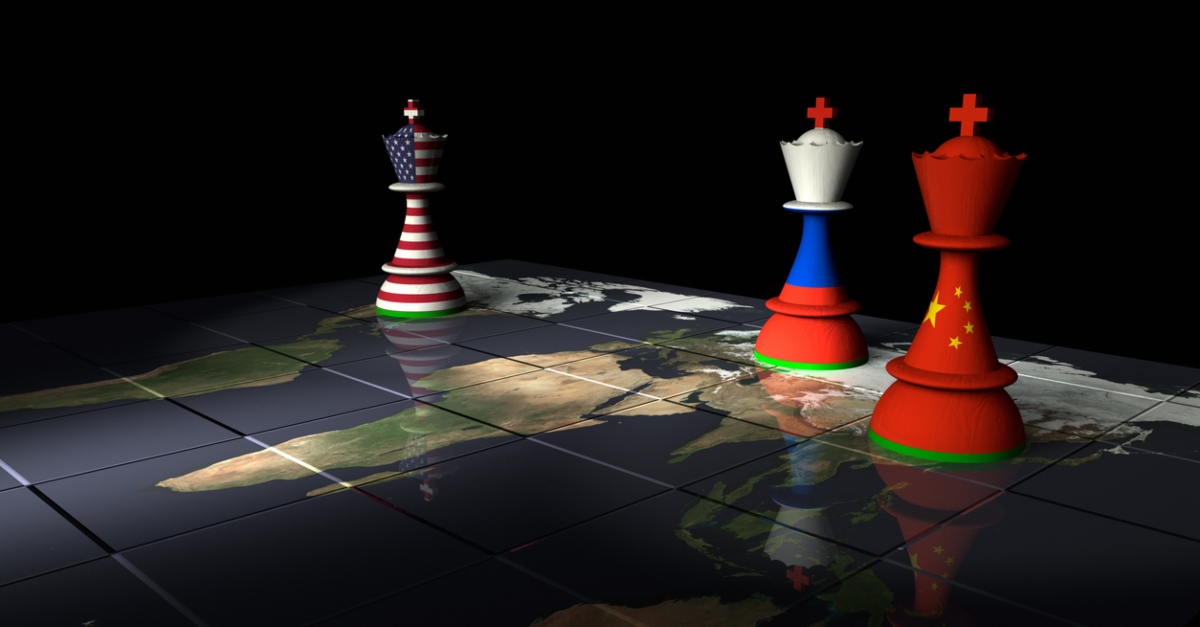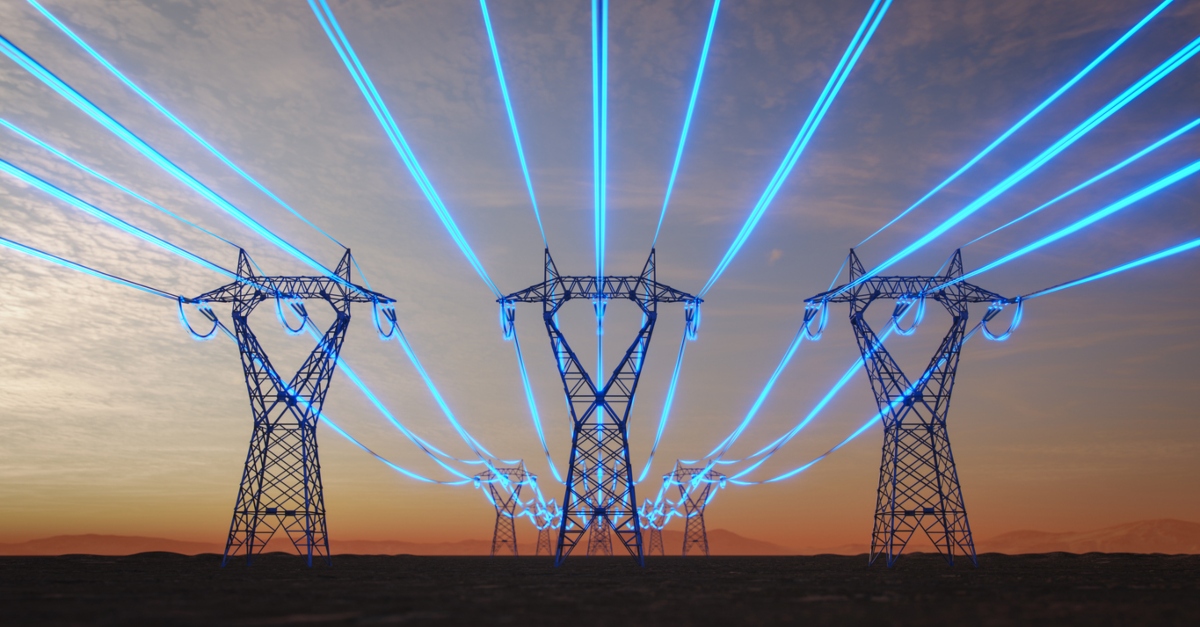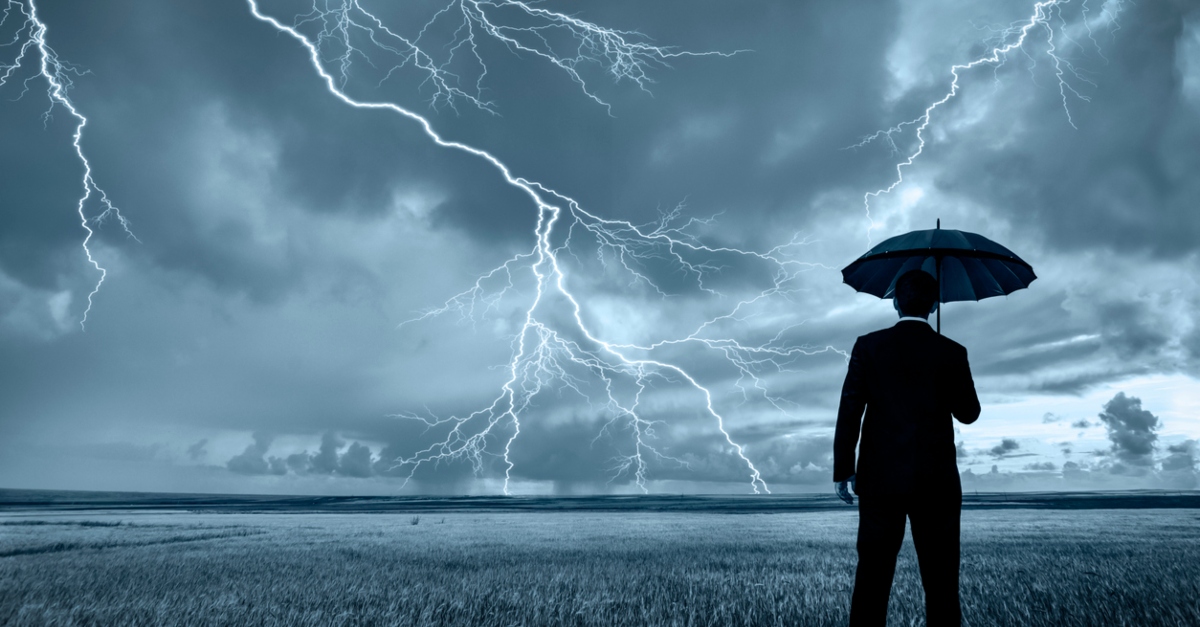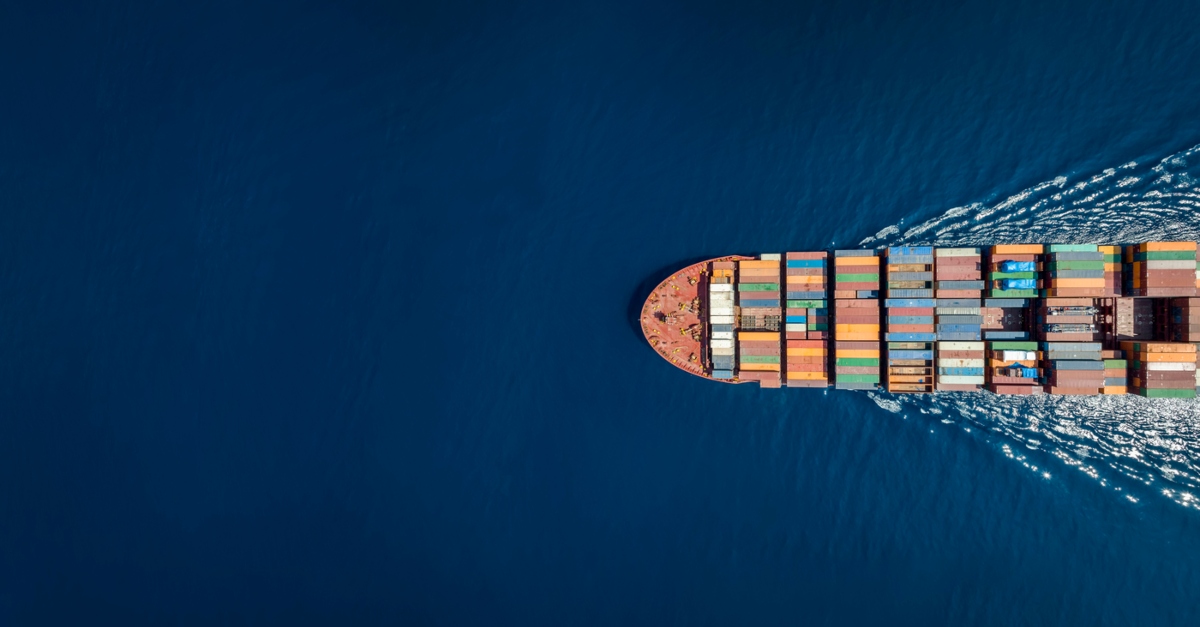Is the EU at war with the US or with itself?
The claim that the EU is “at war” with the US sounds hyperbolic at first glance. Washington remains Europe’s principal security guarantor, its largest external trading partner and (through NATO) the backbone of continental defence. Yet, beneath the formal architecture of alliance, a more corrosive dynamic has emerged. Policy choices taken in Brussels and several [...]
Is the EU at war with the US or with itself? Read More »

